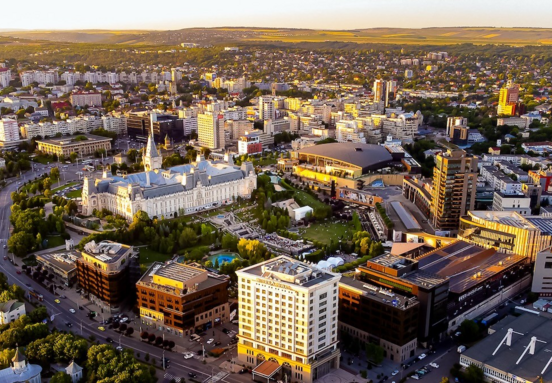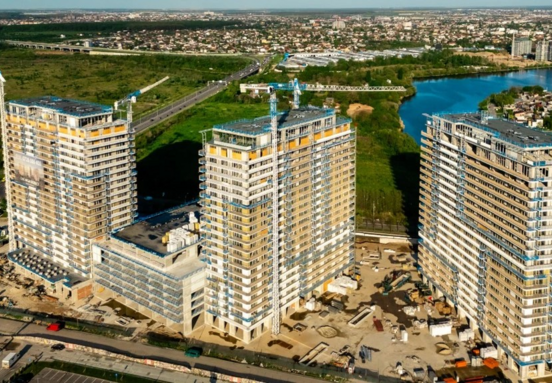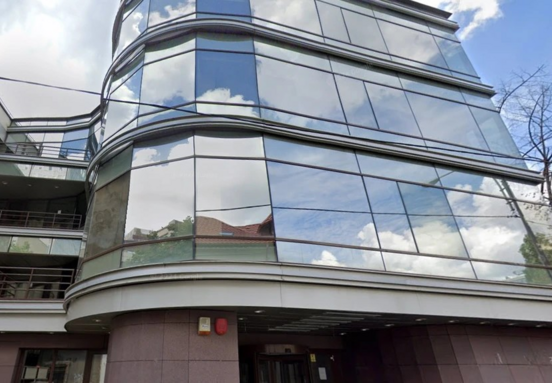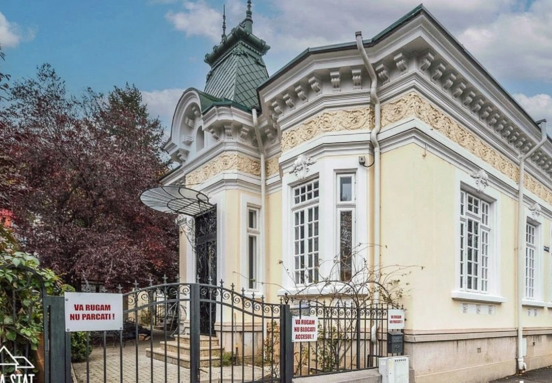Bucharest office market navigates global headwinds
The office market in Bucharest is currently experiencing a dynamic shift, as highlighted by real estate consultant Colliers. While the overall demand for modern office spaces has seen a reduction of approximately one-third recently, this trend is largely attributed to a significant slowdown within the IT&C sector. This vital sector, once a primary engine for office demand, accounted for only 10% of total leases in the first nine months of the year, marking its lowest contribution since 2010.
IT&C sector's impact and global context
The decrease in IT&C sector activity is not unique to Bucharest, reflecting a broader global trend. According to Victor Coşconel from Colliers, IT&C companies have leased an astonishing 83% less office space compared to the average of the last decade in Bucharest. This substantial reduction has naturally influenced overall market figures, leading to a nearly 30% drop in new demand, settling below 60,000 square meters out of a total of approximately 150,000 square meters leased.
Resilience beyond IT&C: a stable market foundation
Despite the notable challenges faced by the IT&C sector, the rest of the Bucharest office market presents a picture of remarkable stability and solidity. Excluding IT&C, demand has been merely 7% below its long-term average, demonstrating a robust and consistent need for office space across other business segments. This resilience suggests that the underlying fundamentals of Bucharest's commercial real estate market remain strong.
Driving Factors for Sustained Demand
Several factors contribute to this sustained demand. A growing number of companies are encouraging a more consistent employee presence in the office, with many targeting 3-4 days per week. This shift away from fully remote models naturally sustains the need for physical office environments. Furthermore, many office spaces previously offered for sub-lease have been withdrawn from the market, tightening availability and underscoring the renewed confidence in traditional office models.
Future Outlook: growth, absorption and rising rents
Looking ahead, the Bucharest office market is poised for continued evolution. Despite current uncertainties, Bucharest is projected to absorb its vacant office spaces in approximately five years, a significantly faster rate than many Western European cities. This quicker absorption, coupled with relatively low current availability, is expected to drive rental prices upwards.
For businesses, this translates into anticipated rent increases of 5-10% in 2026, especially observed during renegotiations. New office projects entering the market are also commanding considerably higher prices. While some significant IT sector contracts are expected in Q4, they are unlikely to dramatically alter the overall market dynamics, reinforcing the trend of stability driven by diversified demand.
Businesses seeking office space in Bucharest should consider these trends, planning for potential rent increases and understanding the competitive landscape for modern, well-located premises. The market, though influenced by global shifts, continues to offer strategic opportunities for growth and expansion.
Source: zf.ro







